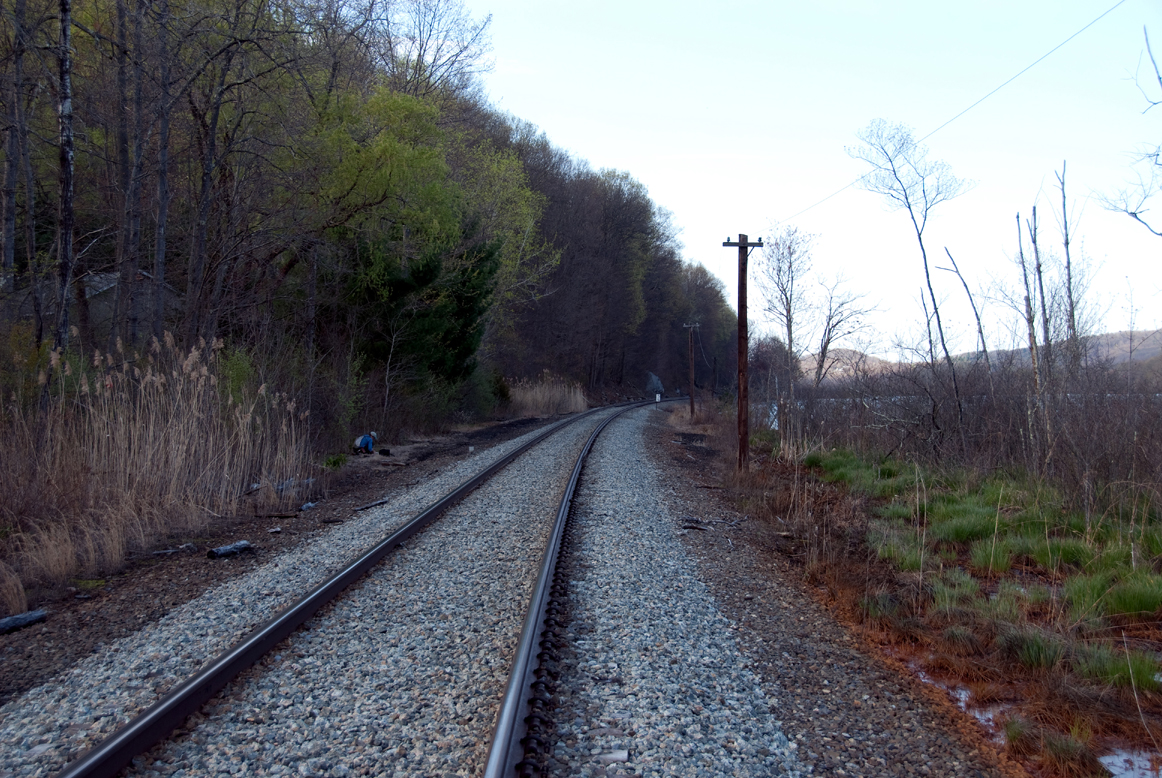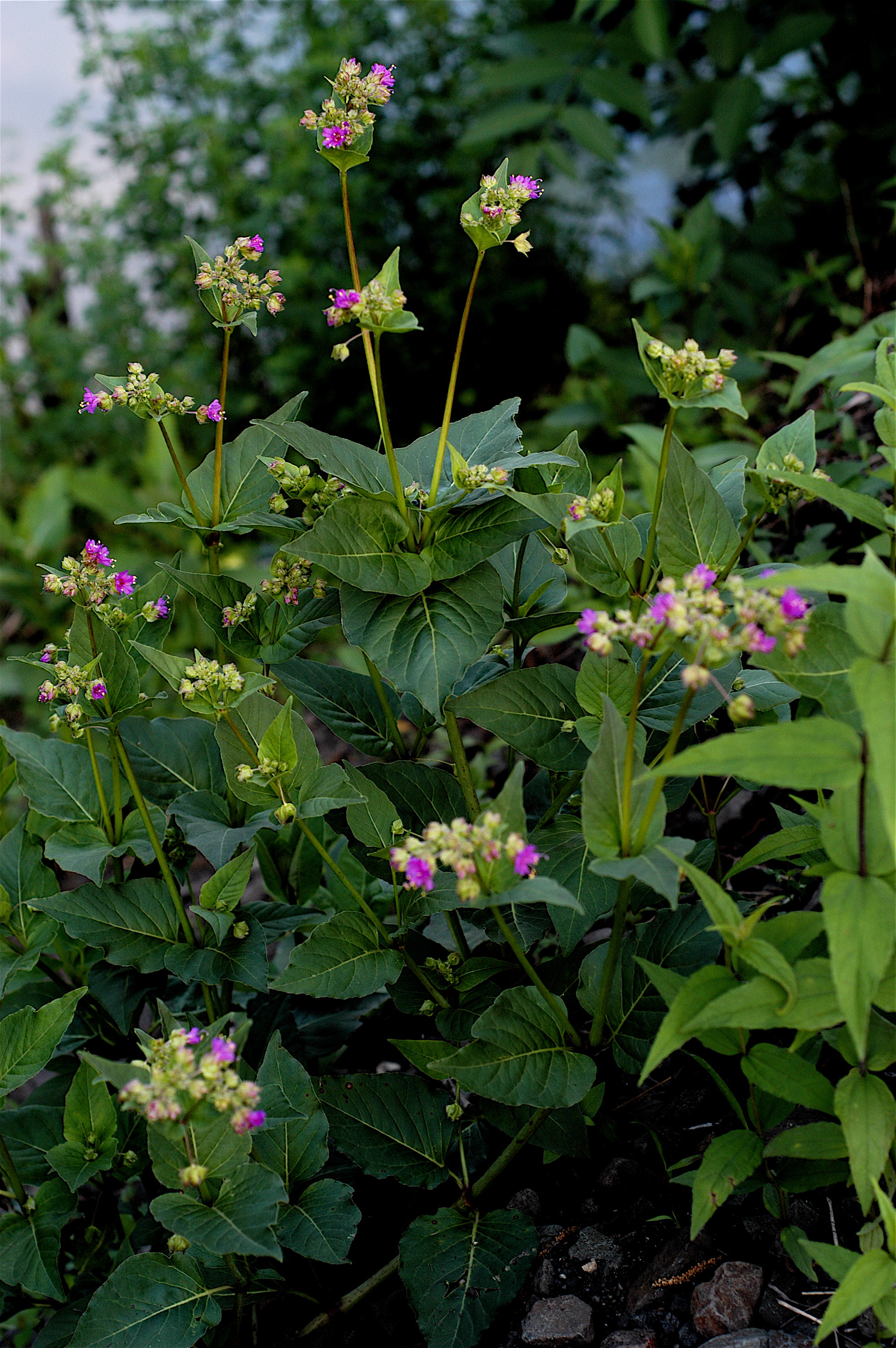|
Habitats
Terrestrial System. Cultural
Subsystem-- Railroad community
|

|
|
|
Western tracks of Metro
North Railroad's Harlem Line, photo by Michael H. Nee
|
|
Physical Setting: The Metro North Railroad's Harlem line and what was a branch of Conrail Railroad both run due north through the site. The two lines intersect near the southern boundary of the study site then separate and follow the west and east shores (respectively) of the Ice Pond. The Metro North tracks then trend northeastward and the Contrail tracks trend northwestward and they cross just beyond the northern boundary of the study site. The western, Metro North line (pictured at left), is active and maintained, while the eastern line is maintained, but not active. Together the two lines occupy 44,500 square meters or 10.9 acres (4450 m or 14,599 feet long and 10 m or 32.8 feet wide).
Substrate
and Hydrology: The substrate is
completely artificial and composed of crushed stone (ballast),
probably quarried nearby. In most places, particularly under the
tracks themselves, the gravel is very course. Along the margins
in some places it ranges from merely coarse to very fine and
sand-like. The hydrology is likewise artificial and designed to
channel water away from the tracks. Decomposing plant material,
soil and other debris accumulate in the ditches and along the
outer margins, holding moisture and nutrients.
|
 |
|
Wild four-o'clock
(Mirabilis nyctaginea), photo by Gregory A. Russo
|
Biota: The center
of the rail line, out to about 2 m (6.5 feet) on either side is
completely sterile with no plant growth whatsoever. On the
margins where soil and water are available, the plant diversity
is actually quite high. Several native species dependent on gaps
created by blowdowns, fires or landslides find refuge here,
including: woodland sunflower (Helianthus divaricatus), common milkweed (Asclepias syriaca),
Allegheny blackberry (Rubus allegheniensis),
clasping-leaved dogbane (Apocynum cannabinum), and many
others.
Cultural:.Railroad
personell regularly bushwack and apply herbicides to control
plant growth, partucularly trees and shrubs.
|